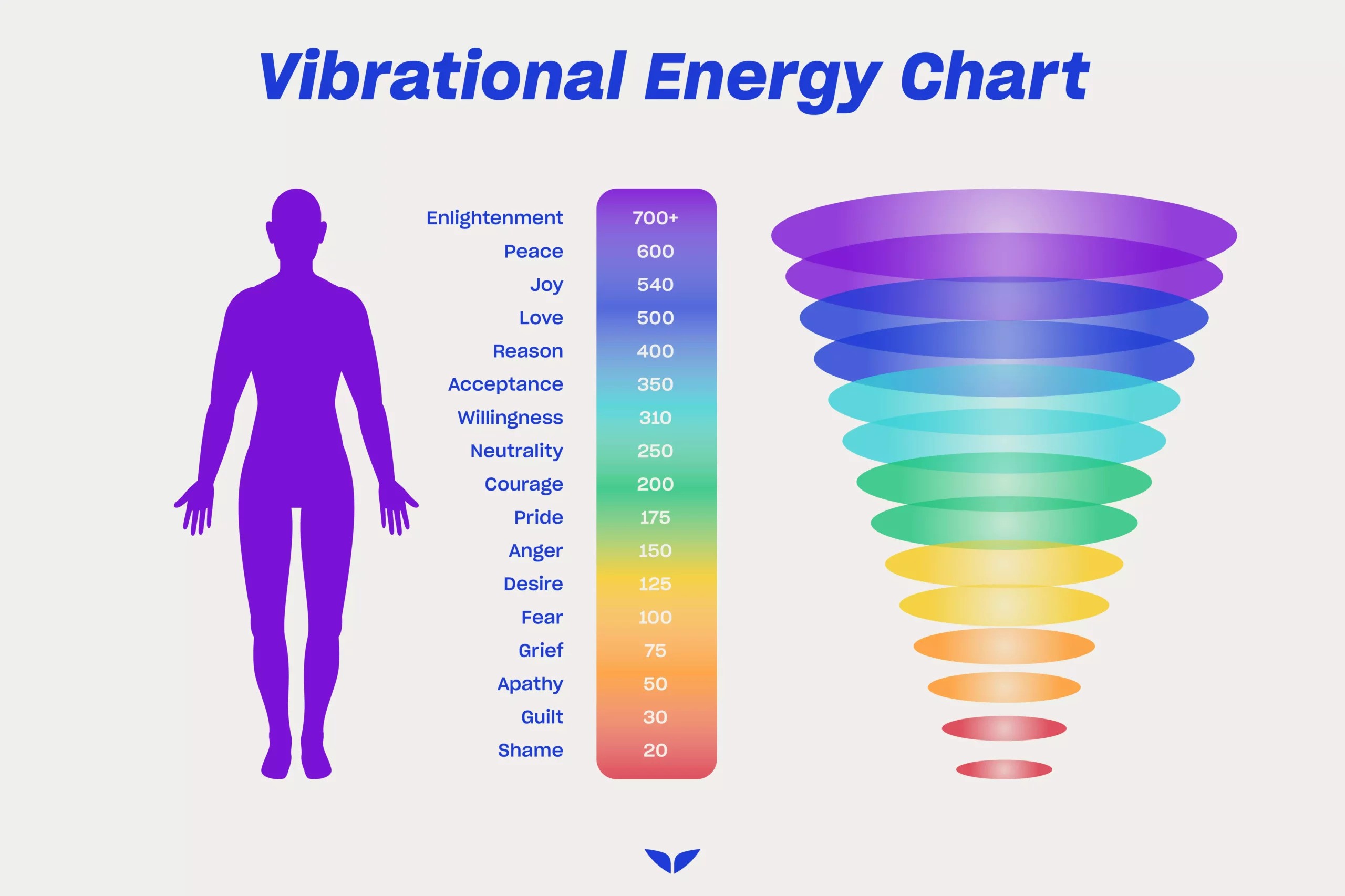How To Create a Mantra For Meditation
Mantra is an ancient meditative practice that helps you have the best experience possible. Sakara expresses the idea that we are the agents of change in our own lives; we have the potential to live the life we desire and be the person we want to be. Through repetition of concentrated, conscious desire, the mantra aids in the manifestation of inner contentment.
Mantra and its practice date back to the ancient Vedic tradition, which was founded by knowledgeable spiritualists who connected the sounds of nature to greater universal energy. They perceived sound and its vibrating quality as the audible manifestation of the energy that connects us all.
They realized that no matter who you are or where you are in the world, if you sit silently long enough, you can hear those connected sounds and, more importantly, you can find calm by listening to and repeating them. As a sort of meditation, the sages began to imitate the sound patterns they heard, obtaining a greater sense of clarity, awareness, and transcendent tranquility. Thousands of years later, this same notion can be used to help us become closer to our highest selves and achieve our goals.
Method 1: How To Create a Mantra For Meditation
1. Write down what you desire most, at this moment, right now. To shut down the external noise, I needed to draw on an inner power I know existed. Choose a concept that communicates exactly what you want, whether your intended state is to manifest security, persistent self-confidence, or overcoming hardship.
2. Make a declarative statement out of it. Once you've decided on a notion, imagine you already have what you want, then write a declarative affirmation to attract it into your life.
3. Make use of the first person. A mantra, if nothing else, is deeply personal. It is addressed solely to you. Using words like "I am," "I have," and "I will," you can connect with your end goal by hearing an expression that says you've already arrived.
4. Negative words should be avoided (not, never, etc.). "I am not a patient" had to change for a reason. Positive thinking is aided by an optimistic expression of your desired goal—what you are against what you are not.
5. Write, cite, repeat. A mantra's only actual criteria is that it be true to you rather than meeting the approval or reviews of your peers. Test your words by writing them down, quoting them, and repeating them, especially when your desired state is threatened.
Method 2: How To Create a Mantra For Meditation

1. Take a look back at your greatest accomplishments.
Write out five to eight of your best career accomplishments to date—anything from landing a competitive position to giving a confident presentation in front of a group of people to receiving excellent feedback from a client or management. Don't be afraid to speak up! This list will only be seen by you.
2. On a scale of one to ten, rate each item.
When you think of it, it puts a smile on your face and a spring in your step, and when you think of it, it puts a smile on your face and an immediate spring in your step.
3. Choose the one item that makes you feel the most self-assured, strong, and confident.
It has to be at the top of the list. If two or more experiences are tied, consider which was the most enjoyable and fulfilling to go through and which gives you the most pride.
4. Reduce it to a single word.
My customer Thomas, for example, had always wished to live in New York City. He's from a little Midwest town, and his friends and family didn't think he'd be able to make it in New York and have a great career. But he succeeded after a lot of hard work, perseverance, and inventiveness. “I proved everyone wrong, and despite the odds, I landed a terrific gig in the city of my dreams,” he says.
His one-word mantra? Manhattan.
5. Use this one word on a daily basis.
Especially when you really need to hear it. I repeat my personal mantra in the shower, on the train, before sending a critical email, and before doing anything risky. Your single phrase will serve as a constant reminder of how far you've gone, what wonderful things you're capable of, and who you truly are.
How To Do Mantra Meditation
This meditation can last anywhere between five and twenty minutes, or even longer if desired. Steps 1 and 2 should be completed in one to two minutes each; Step 3 should be completed in three to five minutes, and Step 4 should be completed in five to fifteen minutes.
Step 1: For meditation, choose a favorite word, phrase, prayer, or poem fragment. A mantra should ideally be made up of only a few words or syllables so that you can quickly repeat it without getting lost in a large phrase. Choose something cheerful that moves your heart and motivates you. Avoid statements that agitate your mind or cause you to think.
Step 2: Sit comfortably in a chair or on the floor, with a blanket or a cushion to support your posture. To stay somewhat motionless, find a position that is both aligned with the natural curvature of your spine and relaxed. Close your eyes and take a few calm, deep breaths or engage in some breathing exercises for a few minutes, then completely relax your breath.
Step 3: Slowly and steadily repeat your mantra, focusing on the sound as much as possible. Rep it in conjunction with your breath's natural rhythm. Either split the mantra in half and repeat half on inhalation and half on exhalation, or repeat it on both inhalation and exhalation.
Step 4: Repeat the chant silently after around 10 recitations by moving only your lips (this helps you keep a steady pace). Then, after another ten times, recite it silently inside your head.
Step 5: Return to the mantra as thoughts come, recognizing that this is a normal part of the process. Gently return your focus back to the internal sound, allowing yourself to completely experience it.
Step 6: Continue for as long as you have set aside for meditation. Take a few deep breaths when you exit the meditation and then sit quietly to evaluate how you feel. You may have a sense of serenity and center. Alternatively, you may be inundated with old thoughts and feelings from your subconscious, which can be distressing.



